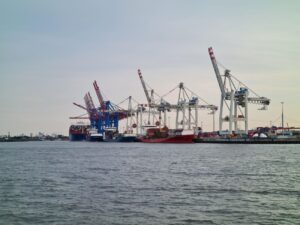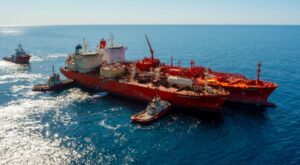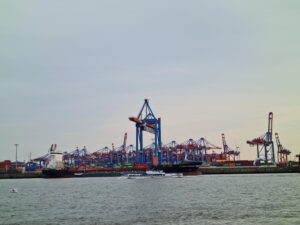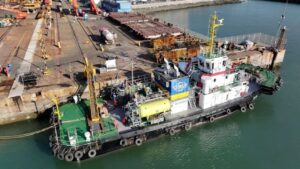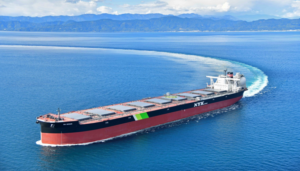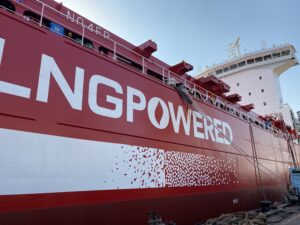Ammonia cuts shipping GHG emissions by up to 61%, study says
An independent study, commissioned by the Society for Gas as a Marine Fuel (SGMF), has revealed that greenhouse gas (GHG) reductions of up to 61% are now achievable from using ammonia as a marine fuel, depending on the marine technology employed.
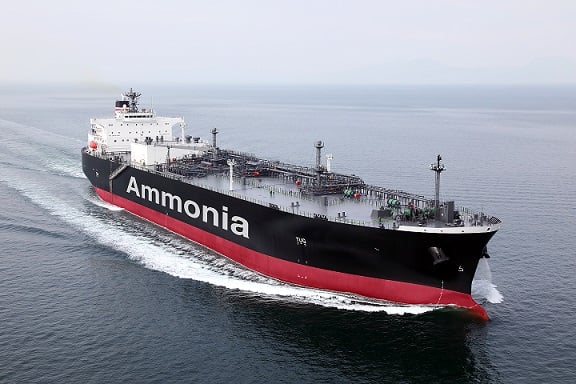
SGMF said that the analysis concluded that ammonia can “beyond question” contribute significantly to the International Maritime Organization’s (IMO) GHG reduction targets.
The study was conducted according to International Organization for Standardization (ISO) standards and was reviewed by a panel of independent academic experts from institutions in France, Germany and the U.S.
According to SGMF, it uses the latest primary data to assess all major types of marine engines and global sources of supply with data provided by equipment manufacturers, including Wärtsilä, Winterthur Gas & Diesel & MAN Energy Solutions, but also Yara Clean Ammonia, and BASF on the supply side.
GHG emissions from the supply chains as well as emissions released during the onboard combustion process (slip) have been included in the analysis, SGMF added.
Tom Strang, SGMF Chairman, commented: “This is an important piece of work by SGMF that will help inform the maritime sector on the use of ammonia as a marine fuel and reinforces the importance of working together across all the different decarbonisation pathways, and for me highlights why we are part of SGMF. It is important that an independent organisation like SGMF provides quality independent reports such as this latest life cycle assessment (LCA). The industry needs credible information and this is a landmark report as far as ammonia as a marine fuel is concerned.”
Mark Bell, GM for SGMF, stated: “We are confident this work will provide IMO with solid information that will contribute to its regulatory decisions. SGMF will continue to produce up-to-date data, now including ammonia (this study), methanol and hydrogen.”
For more ammonia-related news, click here.

